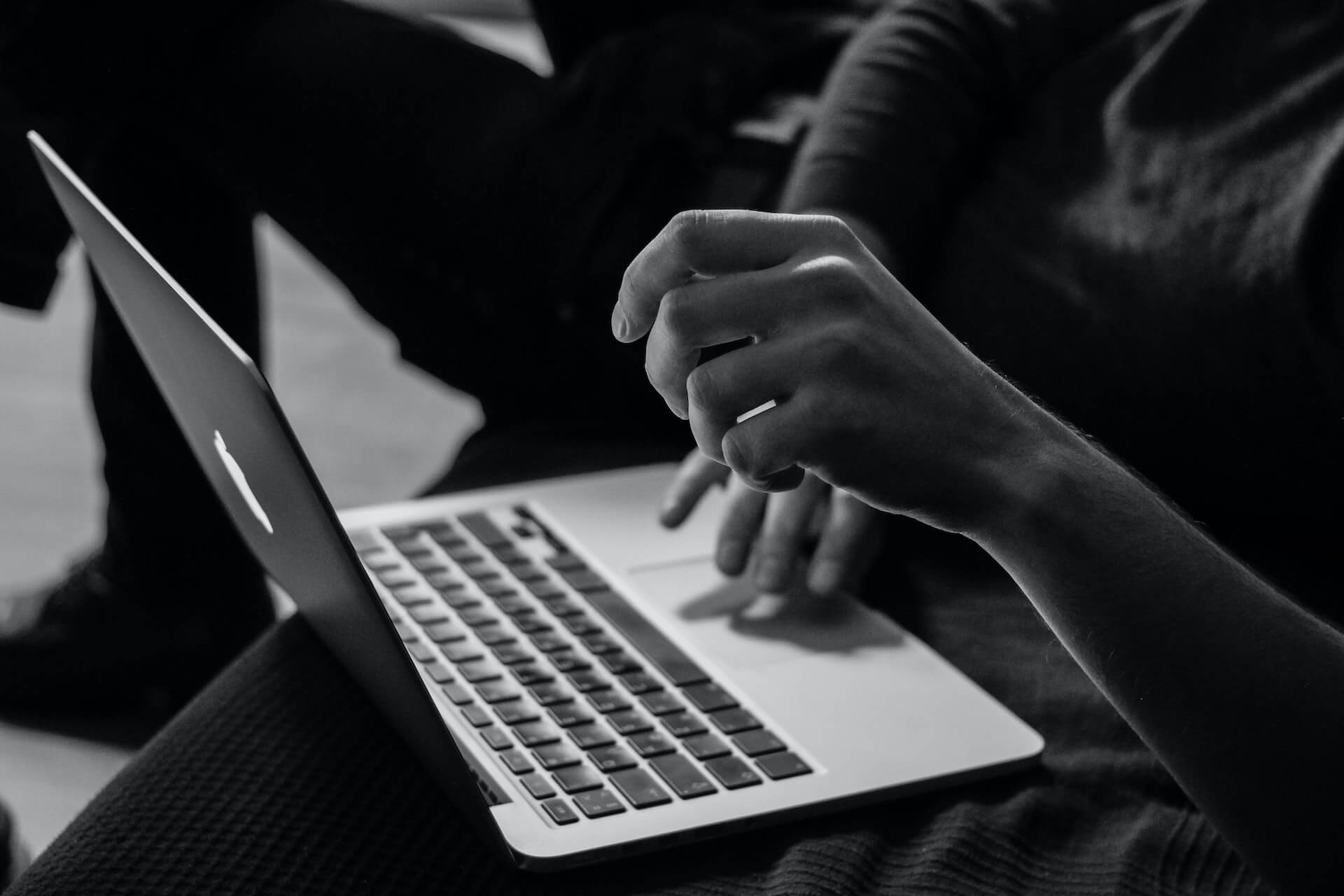There are several great reasons why you might want to take screenshots on a MacBook. From helping you comprehensively record details you don’t want to personally take down to helping you get that funny meme to crack up a dear friend, screenshotting has become a huge part of using these gadgets.
But, while there’s no contesting the fact that these resources can prove invaluable, the process that this exercise follows on the MacBook means that you’ll likely not be able to keep such files for long.
The primary reason for that is that screenshots can quickly add up and significantly bite into the limited storage space on your device. Now, this is a situation that is best avoided because it’ll significantly slow down the operation of your system.
Because of this, you need to know how to effectively and efficiently free space on your device. This is where learning how to properly delete screenshots on MacBook comes into play.
Let’s delve into how to get that done now.
Taking a Screenshot on the MacBook – What to Know
Before exploring the various ways that you can free space on your MacBook, it’s necessary to take a quick look at how to take screenshots on this device in the first place.
For the convenience of users, Macintosh laptop computers offer numerous channels through which you can take screenshots. Depending on the specifics of what you want to capture, you can take screenshots by pressing:
One – Command-Shift-3
This lets you capture your screen in its entirety.
Two – Command-Shift-4
This option allows you to use crosshairs to highlight the specific portion of your screen that you want to screenshot.
Three – Command-Shift-4 and Space Bar
This sequence of commands allows you to screenshot just a window.
Four – Command-Shift-5
This option allows you to choose which of the numerous variations of screenshot options you want to use. In addition to this, you can also use this command to do a video recording of your screen. It also allows you to set a timer on the screenshot you take as well as select where you want that file to save specifically.
With that out of the way, let’s get into removing those old screenshots from your computer!
Deleting Screenshots From Your MacBook
The key thing to note when it comes to deleting screenshots from your MacBook is that you usually have to know where the files are saved in the first place. Without this, there’s usually not much you can do.
So, you have to first locate the folder that all your screenshots save. Once that’s done, all you have left to do is drag it (or the particular screenshots you want to delete) to Trash. Finally, you can right-click on Trash, look for the “Empty the Bin” function, and hit that. This will permanently delete the screenshots and free up a lot of space for other, more useful files.
Understandably, if you’re not very computer savvy, you mightn’t get all that we just highlighted. Considering this, we’ll be going over how to accomplish the more complex aspects of this activity subsequently.
Finding the Save Location of Your Screenshots
This is fairly simple because, unless changed, all screenshots are typically set to save in your “Desktop” folder. Please note that this folder is essentially the main screen of your computer. Now, there are basically two ways that you can properly view this content.
The first is to do so by simply checking your background. Alternatively, you can do the same thing by accessing your “Finder” app and using that to find the “Desktop” folder. Once here, it’s then left to you to delete the screenshots you find there or organize them as you want.
Having said this, there are a few instances where you’ll not find your saved screenshots in this folder. When this happens, you know that you’ll need to manually locate the save location of these files.
This can take a bit of effort so we’ll be breaking down the entire process concisely here.
How to Find the Save Location of Your Screenshots
If you aren’t able to find your screenshot files in the “Desktop” folder you can simply follow this simple 2-step guide to finding their exact location.
These are:
Step One – Access Your Screenshot Application
Your screenshot app typically contains all the relevant information you need to know about your device’s screenshot process. To access this tool, you only need to press the “Shift+Command+5” command.
This will automatically open your app. On some Macintosh laptop computers, it can be displayed as the “Advanced Screenshot” menu. Once there, just locate the “Options” function and click on that.
After clicking the drop-down menu, try to find the “Save To” feature and click on it. In essence, this action will point you distinctly to where your screenshot files are saved. You can then use the default settings here to either select a new folder or redirect your device to save all screenshots in the “Desktop” folder.
And with that, you’re done.
3 Great Ways to Delete Screenshots on MacBook
After you’ve been able to successfully determine where your screenshots are located, you can then employ any of the three (3) approaches below to remove them from your system.
Method 1 – Dragging the Icons to Trash
We’ve gone over this method before so we won’t delve into it as extensively here.
You only need to click on the icons, hold down your mouse button and then move all the items you’ve selected over to where your “Trash” is and drop it there. If you have alerts and sounds activated on your device, you’ll get an audible confirmation that your task has been completed.
You can then choose to empty the “Trash” at that point or wait till a later time.
Method 2 – Using Your Right Click
Another option available to you is using your right-click button to select the specific files you don’t want anymore and then hitting the “Delete” button. This command will send that file(s) straight to the “Trash” folder.
However, keep in mind that this approach can be quite tedious to use when you’re deleting a large number of screenshots.
Method 3 – Using the “Delete” Shortkey
The last measure you can adopt here is to use the hotkeys ⌘+Delete shortcut. It remains to date the fastest means of removing files from MacBooks.
To use this method to the best effect, you’d have to first ensure that the file you want to delete has been highlighted. Secondly, you have to make sure that you press the two keys at the same time.
Key Takeaway
It’s certainly true that deleting screenshots on MacBooks can appear a little cumbersome at first, especially if you don’t even know where to look for them in the first place. But with a little time, patience and practice, you’ll certainly get the hang of it.
Don’t forget that deleting your screenshots from time to time is very important. This is more so the case if the storage space on your device is on the smaller side. So, make sure to give this a try as soon as you can.

Kenny Trinh is a seasoned expert in the field of laptops and technology, boasting an extensive background enriched by years of hands-on experience and in-depth research. With a keen eye for innovation and a passion for staying ahead of the technological curve, Kenny has established himself as a trusted voice in the tech community. Holding a prestigious degree in Computer Science, he combines his academic insights with practical expertise to deliver valuable insights and recommendations to his readers and followers. Through his work, Kenny aims to demystify complex tech concepts, empowering individuals to make informed decisions and optimize their digital experiences.
